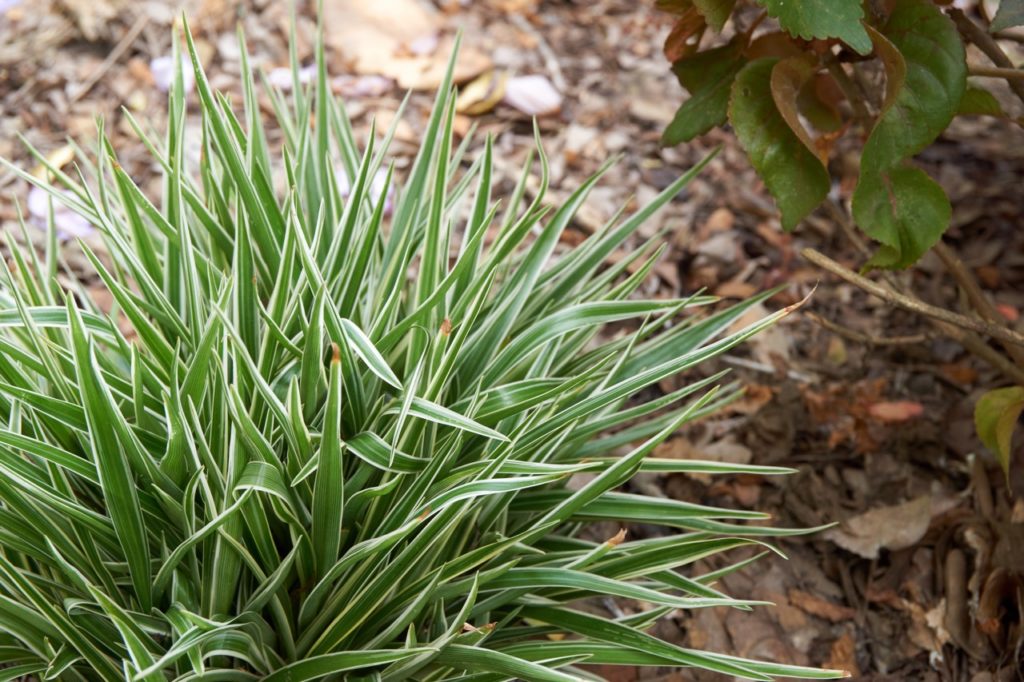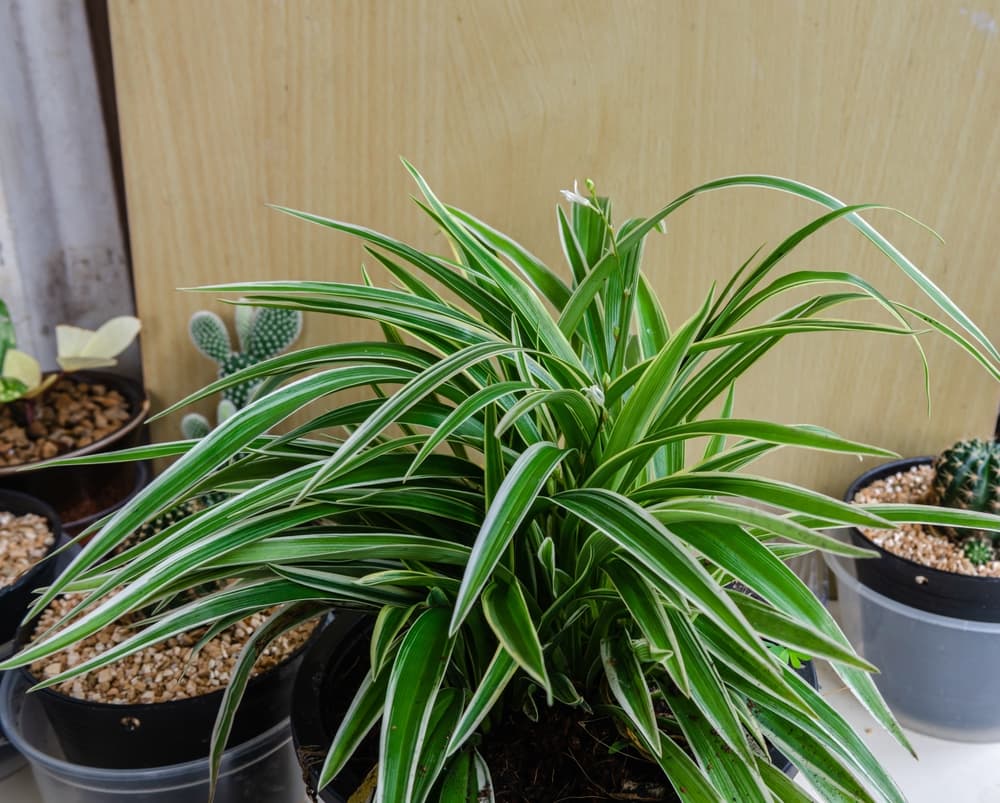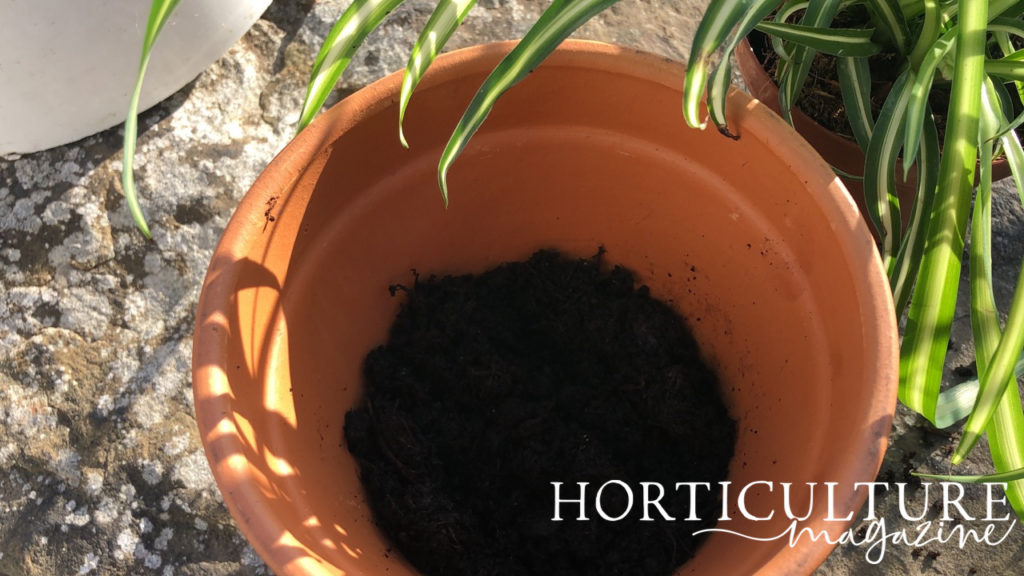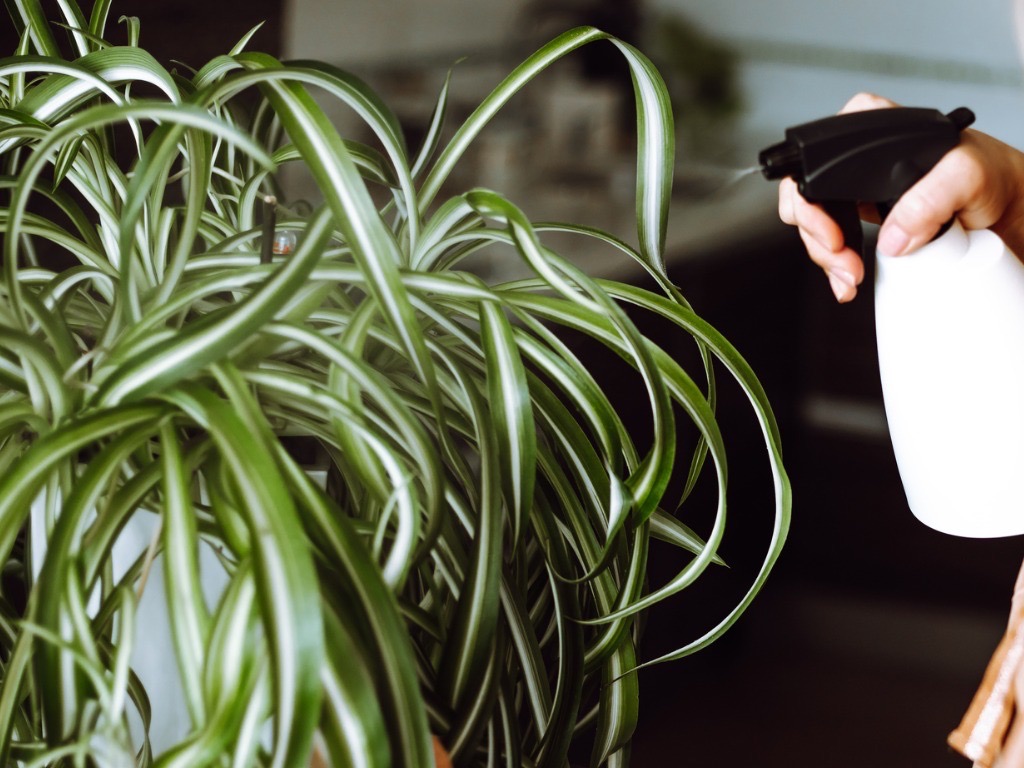Spider Plants Are Enjoying A Resurgence In Popularity – Here’s How To Care For Them

HOUSEPLANTS > CHLOROPHYTUM

Elizabeth is a Permaculture Garden Designer, Sustainability Consultant and Professional Writer, working as an advocate for positive change. She graduated from the University of St. Andrews with an MA in English and Philosophy and obtained a Diploma in Applied Permaculture Design from the Permaculture Association.
Reviewed By COLIN SKELLY

Colin is a Horticulturist and Horticultural Consultant with experience in a range of practical and managerial roles across heritage, commercial and public horticulture. He holds the Royal Horticultural Society’s Master of Horticulture award and has a particular interest in horticultural ecology and naturalistic planting for habitat and climate resilience.
Contributions From EMILY CUPIT

Emily is a Gardening Writer, Photographer and Videographer from Derbyshire, UK. She is the Founder of Emily's Green Diary - a community of more than 75,000 people who share in her gardening journey.
CHLOROPHYTUM GUIDES
Spider plants are popular houseplants here in the UK and are known to be one of the easiest houseplants to grow.
This guide will help you make sure you can grow them successfully in your home.
Spider plants were extremely popular in the 1970s and, since the houseplant resurgence, have been enjoying another period of popularity in recent years.1Seventies houseplants are back. (n.d.). ITV. Retrieved March 14, 2023, from https://www.itv.com/thismorning/articles/seventies-houseplants-are-back
These plants are among those easy-to-care-for houseplants which are popular with new plant parents looking to ease themselves into caring for plants indoors.
Overview
| Botanical Name | Chlorophytum comosum |
| Common Name(s) | Spider Plant |
| Plant Type | Houseplant |
| Native Area | Africa |
| Hardiness Rating | H2 |
| Foliage | Evergreen |
| Flowers | small star-shaped white flowers |
| When To Plant | March-September |
Sunlight
Preferred
Partial Shade
Exposure
Sheltered
Size
Height
0.1 – 0.5M
Spread
0.1 – 0.5M
Bloom Time
Summer
Soil
Preferred
Most fertile soils
Moisture
Moist but well-drained
pH
Any
Chlorophytum comosum is a perennial, evergreen flowering plant.
Native to tropical and southern Africa, it is commonly grown as a houseplant in temperate climes.2Mahr, S. (n.d.). Spider plant, Chlorophytum comosum. Wisconsin Horticulture. Retrieved March 14, 2023, from https://hort.extension.wisc.edu/articles/spider-plant-chlorophytum-comosum/

The plant grows around 60cm in height and width, though it can descend a number of feet as a hanging plant.
The leaves are long and narrow, and blooms are produced in summer on long, branched inflorescences upon which small white flowers occur in small clusters.
Common Varieties
“Spider plants are popular for a reason, as they are versatile, tough and easy to propagate,” shares Horticultural Consultant Colin Skelly.
“Although you tend to see only a small selection of cultivars available commercially, there are more variations available if you get the collecting bug.”
By far the most common options chosen for houseplants are the variegated varieties C. comosum ‘Variegatum’ and C. comosum ‘Vittatum’.
Both of these cultivars have received an Award of Garden Merit from the Royal Horticultural Society.3AGM Plants. (2026, July). Royal Horticultural Society. Retrieved March 14, 2023, from https://www.rhs.org.uk/plants/pdfs/agm-lists/agm-ornamentals.pdf

‘Variegatum’ has dark green leaves with white margins, and is generally the smaller of these two types.

‘Vittatum’ has somewhat lighter green leaves, with a broad white stripe down the centre of each leaf.
Where To Plant
Spider plants should be planted in pots or hanging containers which are large enough to accommodate the roots of the plant with just a couple of centimetres of growing medium all around.
Typically, spider plants are purchased as small pot-grown plants.

These are best potted up into a new container on arrival, sometime between March and September for best results.
Make sure that you choose a free-draining container, and provide suitable growing conditions, as discussed below.
Ongoing Plant Care
Spider plants really are one of the easiest houseplants to grow.
However, it is important to consider the growing conditions that they prefer and to think about how you care for them, to make sure your plants remain as happy and healthy as possible.
Sunlight
C. comosum prefers bright but not direct light.
However, they can also cope with lower light levels.
Soil Requirements
These plants are gloriously unfussy about their growing conditions.

They should thrive in any reasonably good quality potting mix, as long as it drains relatively freely.
For environmental reasons, remember that peat-free compost should always be selected.
Watering
Spider plants should be watered regularly between April and September when the plants are in active growth, but more sparingly when the plants are dormant over the colder months of the year.
Temperature & Humidity
Spider plants are not very fussy about the temperatures and humidity either.
Ideally, they will like temperatures that are relatively cool, between around 13-18°C.
However, they can also cope when grown in more heated spaces inside your home as long as the temperatures do not fluctuate too extremely.

Just make sure that the area remains frost-free throughout the year and your plants should be fine.
The tips of the leaves may turn brown if the air is too dry.
Increase humidity in a particularly dry setting by misting the plants regularly.
Fertilising
Spider plants do not necessarily need to be fertilised at all when grown in a reasonably nutrient-rich growing medium.

However, it can be beneficial, to keep the plants in top condition, to feed plants with a balanced, organic liquid feed every couple of weeks through the growing season, from spring to the beginning of autumn.
Common Pests
Spider plants are not commonly seriously affected by pests or diseases.
However, they can become infested with scale insects, aphids, mealy bugs, spider mites or other common houseplant pests on occasion.
Use organic sprays where there is a serious infestation of indoors-grown plants.
Repotting
Spider plants should only be repotted once they become pot-bound and roots begin to emerge from the base of the pot, and watering becomes difficult as a result.

Be sure not to place spider plants into too large a container as they may suffer waterlogging issues when the roots do not fill the majority of the space.
Brown Tips On Leaves
You can cut off the brown tips to improve the plant’s appearance without doing any harm.

Just make sure you use a sharp, clean tool to do so, to avoid doing any damage.
Trim off any brown leaf tips and plantlets, cutting these off at the base, to make sure that your plant is able to direct its full attention to growing healthy fresh leaves.
Making Your Plant Bushier
While pruning a spider plant is not usually required, you can also prune off any damaged or sub-par leaves as desired to improve the plant’s appearance and rejuvenate it to create bushier growth.

Generally, however, you can make sure your plant has a bushier and healthier appearance simply by meeting all the environmental needs and care needs of the plant discussed above.
You can also plant the baby plantlets from a spider plant into the same pot to give the mother plant a fuller and more bushy appearance.
References
- 1Seventies houseplants are back. (n.d.). ITV. Retrieved March 14, 2023, from https://www.itv.com/thismorning/articles/seventies-houseplants-are-back
- 2Mahr, S. (n.d.). Spider plant, Chlorophytum comosum. Wisconsin Horticulture. Retrieved March 14, 2023, from https://hort.extension.wisc.edu/articles/spider-plant-chlorophytum-comosum/
- 3AGM Plants. (2026, July). Royal Horticultural Society. Retrieved March 14, 2023, from https://www.rhs.org.uk/plants/pdfs/agm-lists/agm-ornamentals.pdf
